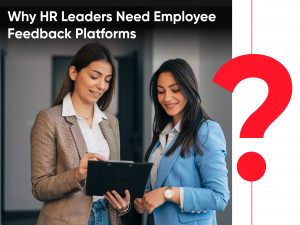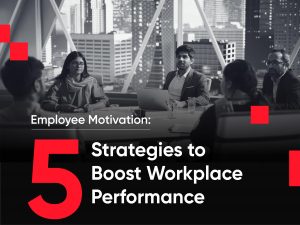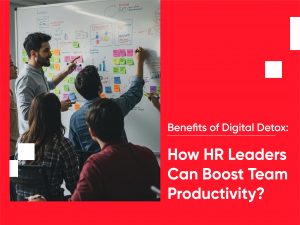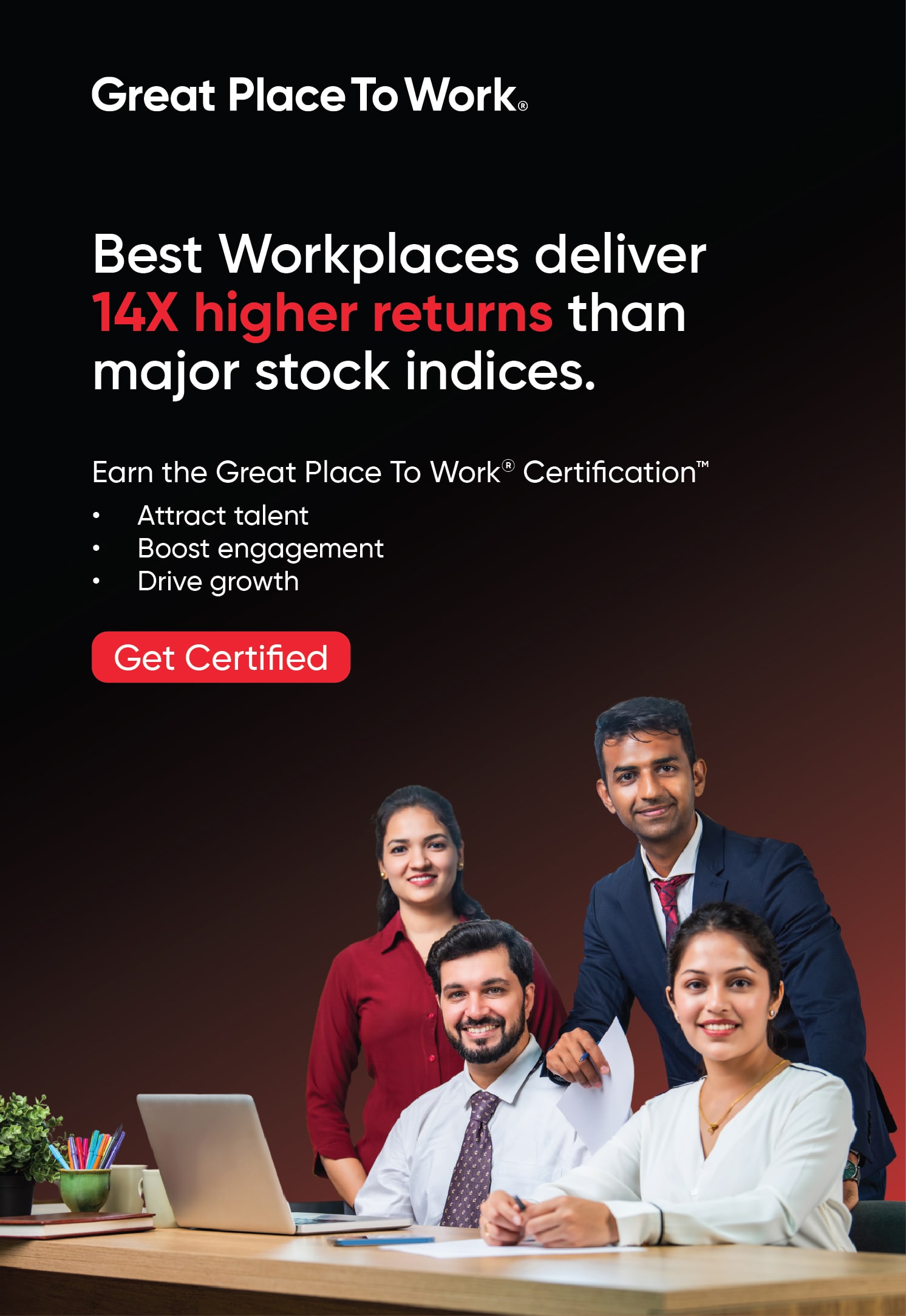Reading Time: 5 minutes
In the dynamic landscape of modern workplaces, the widely recognized value of diversity and equity takes on true transformation when infused with the vital essence of inclusion. Inclusive workplaces, characterized by unwavering intent, resilient structures, and the substantial business success resulting from inclusive people policies, pave the way for a holistic approach to diversity, equity, inclusion, and belongingness (DEIB).
Simultaneously, fostering a sense of Belonging has emerged as a central focus for organizations committed to DEI. Belonging, the culmination of efforts to ensure every individual feels valued and accepted as an equal member of the workplace community, represents a pivotal element in creating the best workplaces. This blog delves into the strengths, challenges, and actionable strategies organizations can employ to enhance the feeling of inclusion & employee belonging.
Unpacking Inclusion

What’s Great?
Affirmative Hiring Practices
Forward-thinking organizations are actively seeking diversity through inclusive hiring practices. This involves targeted outreach, diverse job postings, and inclusive language in job descriptions, creating a talent pool that mirrors the richness of society.
Onboarding & Integration
Inclusive onboarding processes go beyond the basics. They are designed to seamlessly welcome and integrate employees from diverse communities, setting the stage for a sense of belonging from day one.
What can be Better?
Performance and Recognition
Ensuring fairness in performance evaluations and recognition is a perpetual challenge. The goal is to provide equal opportunities for employees from diverse backgrounds to excel and receive acknowledgment for their contributions.
Tailored Policies and Benefits
Balancing customization and equity in policies and benefits is crucial. Organizations need to strike a delicate balance, providing flexibility within predefined limits to meet the diverse needs of their workforce.
ERGs Engagement
The complexity of ensuring active engagement and meaningful contributions from Employee Resource Groups (ERGs) is an ongoing process. Harnessing the full potential of ERGs requires strategic leadership and consistent efforts.
Actionable Insights for Leaders
How do leaders ensure fairness in evaluations and recognition?
1. Establish Clear Performance Metrics
- Define transparent and objective evaluation criteria.
- Consistently communicate performance metrics to employees.
- Encourage employee participation in the development of performance metrics.
- Create a process for appeals, allowing employees to challenge their performance evaluations.
2. Implement 360-Degree Evaluations
- Include multiple feedback sources: peers, subordinates, and supervisors.
- Use anonymous surveys to encourage honest feedback.
- Ensure confidentiality to foster open input.
- Incorporate feedback into recognition and development programs.
How can organizations balance customized policies with fairness?
1. Develop a Customizable Framework
- Provide employees with a menu of options within predefined equity limits.
- Ensure transparency by explaining equity boundaries to all employees.
- Gather feedback periodically to refine policy options.
2. Conduct Regular Policy Reviews
- Involve employees and ERGs in the review process.
- Align policies with evolving diversity and equity goals.
- Ensure transparency by sharing updates and revisions with all employees.
How do leaders enhance ERGs’ engagement?
1. Encourage Leadership Engagement
- Recognize and highlight ERGs’ impact on diversity and inclusion.
- Participate in ERG-driven events.
- Provide leadership development opportunities to ERG members.
2. Ensure Cross-ERG Collaboration:
- Promote joint projects and initiatives.
- Facilitate resource-sharing among ERGs.
- Create platforms for ERG leaders to connect.
3. Ensure Impact Measurement:
- Regularly assess ERG progress.
- Share ERGs’ contributions with the organization.
- Recognize ERGs’ diversity and inclusion achievements.
Inclusion is not just a buzzword; it’s the transformative force that turns diversity and equity into meaningful workplace experiences. By addressing the identified areas for improvement and implementing the suggested actionable insights, leaders can pave the way for workplaces where every individual feels valued, fairly treated, and included in core decision-making.
Fostering a sense of Belonging

What’s Great?
Inclusion of the Term ‘Belonging’
Leaders are recognizing the importance of “belonging” as a core element of DEIB efforts. This shift in mindset has prompted the development of targeted strategies to enhance the sense of Belonging, acknowledging its pivotal role in fostering a healthy workplace culture.
Amplified Psychological Safety
Psychological safety, the feeling of being able to express oneself without fear of negative consequences, is gaining recognition as a critical component in fostering Belonging. Organizations are increasingly prioritizing environments where employees feel secure in being their authentic selves.
What Can Be Better?
Exclusionary Behaviors
Despite progress, exclusionary behaviors persist in some workplaces, impacting the sense of Belonging. Addressing these behaviors, whether intentional or not, is crucial for creating an inclusive environment.
Remote Work Challenges
While remote work offers flexibility, it introduces challenges related to belonging. Finding ways to connect and include remote staff in the workplace culture is essential for maintaining a cohesive and inclusive organizational culture.
Workplace Favoritism
Perceptions of workplace favoritism can erode trust and contribute to feelings of exclusion. Implementing strategies to reduce such perceptions is vital for promoting a sense of fairness and equality.
How do leaders enhance ERGs’ engagement?
1. Establish Inclusive Culture
- Promote a culture that actively discourages exclusion.
- Clearly communicate zero-tolerance for exclusionary behaviors.
- Encourage bystander intervention to address exclusion.
2. Promote Inclusive Design Thinking
- Integrate inclusive design into products, workspaces, and events.
- Form cross-functional, diverse teams for inclusive decision-making.
- Collect input and feedback on design initiatives through dedicated platforms.
3. Identify Belonging Ambassadors
- Serve as approachable points of contact for peers, providing support and guidance.
- Organize regular networking events or informal gatherings to facilitate connections and inclusion.
How can organizations connect and include remote staff in the workplace culture?
1. Design Virtual Team-Building Initiatives:
- Ensure inclusive participation and gather feedback for improvements.
- Adapt activities based on remote employees’ preferences and needs.
2. Design Flexible Work Policies
- Promote outcome-based performance measurement rather than strict hours.
- Maintain clear communication channels and guidelines.
- Provide tools and resources for remote collaboration and productivity.
3. Provide Technology Support
- Offer comprehensive training and support for remote user-friendly tools and platforms.
- Establish a responsive helpdesk for technical assistance.
What strategies can leaders employ to reduce perceptions of favoritism?
1. Implement Employee-Driven Recognition:
- Allow employees to nominate their peers for recognition.
- Develop a user-friendly nomination process accessible to all.
- Design clear guidelines for nominating peers.
2. Ensure Equal Opportunity Promotion:
- Establish merit-based promotion systems.
- Emphasize fair and transparent evaluations.
- Promote clear promotion processes and criteria.
3. Encourage Collaboration on Projects:
- Form cross-departmental project teams.
- Promote open communication and collaboration to leverage collective expertise.
- Share skills, knowledge, and best practices among team members, fostering their growth.
Fostering a sense of Belonging is not just a goal but a commitment to creating workplaces where every individual feels valued, included, and connected. By addressing exclusionary behaviors, navigating the challenges of remote work, and tackling perceptions of favoritism, organizations can pave the way for a workplace culture that thrives on diversity, equity, and a deep sense of Belonging. This journey toward inclusivity is not only beneficial for employees but also contributes to the overall success and sustainability of the organization. Visit us here to learn more.











